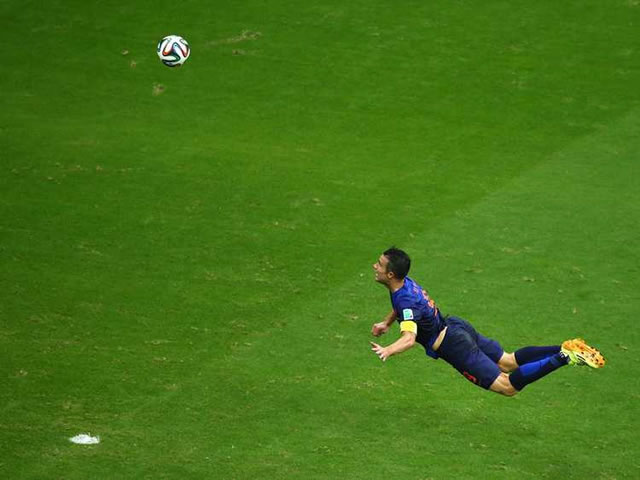Indicators for photography context

Knowledge Mushowe
One obvious limitation of photographs, more than any other pictorial representation, is that they lack intentionality. In other words, photographs do not in any way hint on how a viewer should read them. Textual presentations form part of the textual or institutional framing of the photograph and is therefore primarily responsible for constructing its meaning.
But words frequently function as traces of a past that cannot be understood without the supplement of a narrative.
For example, a picture of a Zimbabwean ‘comrade’ from the late 70s in deep green military attire holding an AK-47 and sheltered under a large, uncombed afro would mean every little if the context of what was happening during the liberation struggle was not given.
Partial explanations to photographs, however, may be found through understanding of vectors within photographs.
Vectors, such as objects, people or lines, that are placed within a visual composition such as a photograph in such a way that, when viewing the photograph, one’s eyes are led from one point to another or to some directional orientation, inside or outside the frame.
Two types of vectors — graphic and index — can be found in a still image. Graphic vectors are lines or objects leading one’s attention from one object to another, while index vectors are created by something or someone pointing or looking in a specific direction.
A sub-group determining if index vectors’ general direction continue, converge or diverge, may be identified.
Continuing vectors are when at least two people or two signs or a combination of any of these look or point in the same direction.
For example, a picture depicting queue of voters would illustrate a common objective; that each of the individuals hopes to get to the end of the line and exercise their right.
Continuing vectors also make it easy for the viewer to identify a focal point. Converging vectors are index vectors facing each other and are best illustrated when boxers face each other before a fight.
Depending on the context of the image, converging vectors can contribute to closure or conflict being heightened.
With converging vectors, facial expressions are very important.
A mother facing her child can mean any variety of things and the reaction from the other side is equally significant.
Interpersonal communication that investigates the relationship between the depiction of the body, its parts, clothing or physical structures and the overall meaning of the photograph, also gives suggestions on the composition’s narrative.
Kinesics deals with communicating by means of movements of hands, face, legs, eyes and/or the posture or movement of the body as a whole.
The headed goal scored by Robin van Persie during the ongoing World Cup was described by pundits as one of the best ever goals at the world soccer show-piece.
A picture of the striker that was published in the media showing the moment he connected with the ball shows athleticism and determination, based on body language.
Within kinesics, five categories may be identified. They are emblems, illustrators, affect displays, regulators and adaptors.
Emblems are body movements that substitute for words and phrases. It is a normal gesture to beckon with a first finger to mean “come here.”
Emblems, like all gestures, are however, cultural.
While an open palm held up may mean “stop!” in some cultures, in Zimbabwe it may be a sign of political affiliation.
The second form of kinesics, illustrators, accompany and reinforce our verbal messages.
For example, we nod our head when we say yes, shake our head when we say no, stroke our stomach when we are hungry, and shake our fists when we are angry.
The third kind of kinesics is affect displays. Affect displays are movements of the face and body which show emotion.
The joys of seeing a favourite team score, or the emotion exhibited by a person feeling the pain of a stomach ache are examples of affect displays that may be identified in photographs.
Regulators are the fourth category of kinesics. They control the flow and pace of communication.
When a person starts to move away, it is a signal that he or she wants the communication to end.
When people look away or at the floor, it may be a signal that they may be disinterested. When they yawn, they are bored or maybe just tired.
The second type of interpersonal communication suitable for image analysis is proxemics. This relates to how space is utilised as part of communication behaviour.
There are four types of spatial zones, namely intimate, personal, social and public.
The distance from one person to the other and the behaviour of each or both towards each other in a photograph may give an indication of the relationship that exists between them. The last interpersonal communication code for image analysis is artefacts.
Artefacts refer to and include fixed features, such as static architectural structures, semi-fixed objects, such as furniture and clothing.







Comments